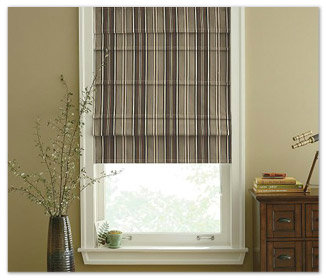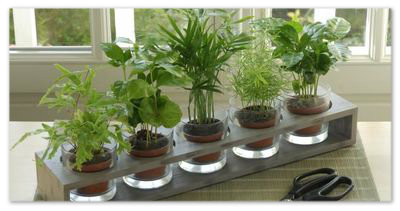Alberta homeowners waste thousands of dollars on unnecessary energy costs because they’re unaware of simple moneysaving strategies. As a specialist in energy-efficient interior design, I’ve discovered that area residents spend far more on heating, cooling and water bills than they have to.
Here are six costly mistakes that people make in furnishing and equipping their homes…and my recommendations on how to overcome them.
1. Wimpy Window Treatments
Inadequate – or no – window coverings cost you big time because 35 per cent of your heat and air conditioning can escape through your windows. You can prevent that loss, and save on energy bills, by installing custom-made window treatments, especially on the south and west sides of your home.
Examples include:
- shutters
- honeycomb shades
- woven wood
- solar screening
- vertical and horizontal blinds
- draperies and curtains
These products insulate your home year round and provide you with the opportunity to control light and temperature throughout the day.
Another effective option is window film, which radiates heat back into your home in the winter and blocks solar heat from entering the house in summer.
2. Troublesome Toilets and Faulty Faucets
Leaky toilets can waste 200 gallons of water per day. Your best solution would be to install low flush or dual flush toilets when you remodel your bathrooms.
If your faucet leaks one drop per second, that comes to 800 litres per month. By replacing the rubber washer on your faucet, you can save hundreds of dollars while spending pennies. And, while you’re at it, consider installing faucet aerators and low-flow shower heads. Aerators can reduce your water consumption by up to 50 % per tap.
3. Light That Isn’t Right
The traditional incandescent bulbs that many people continue to use are not energy efficient. Try CFL bulbs, which use 75% less energy to operate than incandescent. Making the switch is critical, considering that lighting is responsible for about 11 percent of a home’s energy bill.
Most home owners are familiar with motion sensors for their exterior lighting, but what about motion sensors in your garage and laundry room? More and more commercial spaces are using this type of energy saving technique. Why not save energy and money in our homes too?
Another exciting lighting option is the Lutron dimming system. This product enhances your lighting while saving you $$$. (ie: dimming your lights 30% saves you about 24% $$)
4. Appalling Appliances
Chances are your refrigerator is also your number one home energy hog. If your fridge is older than 10 years, consider replacing it sooner rather than later. Your best bets are quality refrigerators with the Energy Star Certification, such as those made by:
Amana – Electrolux – GE – Jenn-Air – Whirlpool – Samsung – Sub-Zero
Thermador – Viking – Kenmore – KitchenAid – LG – Maytag
Your washer and dryer are next highest in energy consumption. When the time comes, purchase front loading models that use less water, need less detergent and have the Energy Star rating.
5. Walls that Don’t Work
Small thermal leaks add up to big waste and you can reduce those leaks by upgrading the insulation in your walls. Fixing poor insulation and reducing drafts and other air leaks in attics, crawl spaces and recessed light fixtures can save you up to 20% on your heating and cooling bills. That can amount to several hundred dollars per year.
Wallpaper is useful to help you plug thermal leaks and when done tastefully, it can enhance the appeal of your interiors and the value of your home. Also, strategically placed bookcases can also help you prevent drafts, leaks and thus keep your energy bills lower.
6. Going Without Greenery
A lack of foliage and greenery actually costs you $$. Outside, greenery can keep out heat. Strategically planted trees and shrubs give shade that can reduce your wall and roof temperatures by up to 40 degrees. Inside, plants absorb pollutants and produce oxygen.
You can improve indoor air quality with these plants that are known to have high toxin – absorbing qualities.
Palms – Ferns – Corn Plant – Dragon Tree – Rubber Plant – Weeping Fig – English Ivy
Peace Lily – Florist Mum – Gerber Daisy – Schettlera – Orchid – Spider Plant
Philodendron – Arrowhead Plant – Pathos – Dwarf Banana – Chinese Evergreen
Conclusion
Whether you go all out and decide to do major home updates or just begin by doing inexpensive, simple things such as replacing rubber washers and changing out light bulbs, the most important thing is to start somewhere. A little investment now will pay future dividends.










